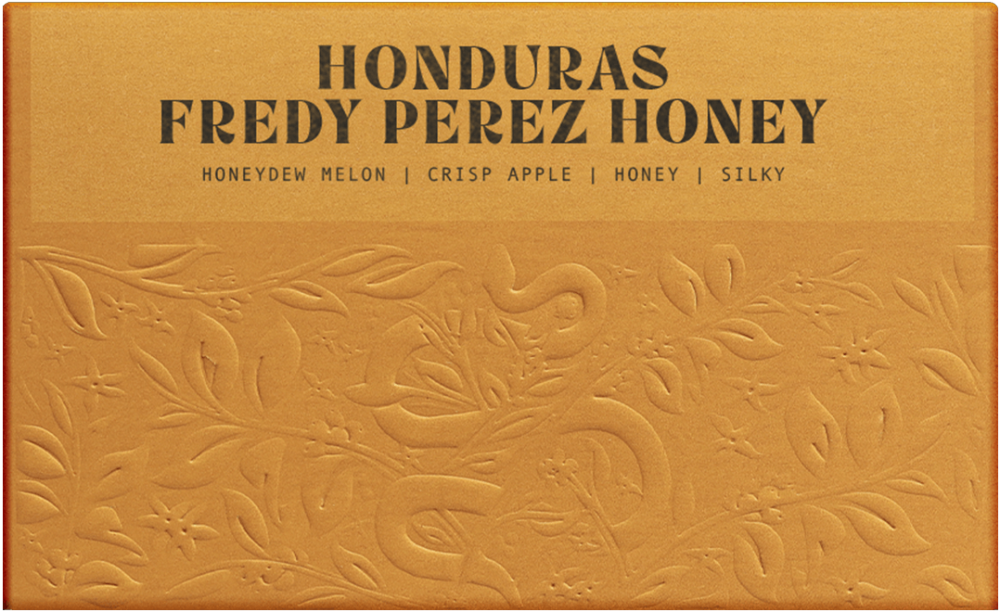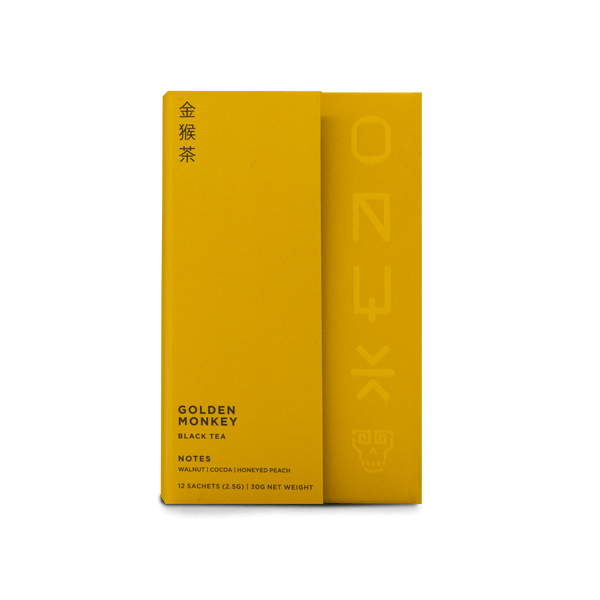Story
The region of San Andres sits in an interesting area within Honduras. Despite its storied mining and exporting past, the road to San Andres is circuitous and rough. In April of 2023, Benjamin Paz and I loaded up his new Jimmy and took the long and dusty drive from Pena Blanca to San Andres. We had begun some work the year prior, opting to blend a number of micro-lots into a large blend to test the waters. With high quality and all parties interested, we delved much deeper into the region, utilizing Fredy Perez as an impromptu leader in many connections and correspondence. After cupping through the harvest at the San Vicente lab, we drove to solidify relationships, visit farms, and discuss how we can further develop this burgeoning program over the next few seasons.
Throughout our visit, Fredy acted as an anchor for us by introducing us to many cousins and relatives who grow coffee. The coffee production culture within the greater region has obvious ties to European colonialism and mass production throughout. Still, Fredy has opted over the last decade to decouple the thought of exclusively working through larger cooperatives, seeking to bring these coffees to the specialty market. With his efforts, he has planted new varieties and experimented with quality-focused post-harvest processing. This honey-processed Catuai is a great example of the culmination of his work- by shifting his protocol and methods a bit, Fredy processed this Catuai at his micro mill, drying it on the patio surrounding his house. By separating this lot, we can partner with Fredy to highlight the potential of this region outside of the large SHG lots offered by multinationals, seeking to reflect not only the quality produced in the region but also the names of the people who grow these coffees. With his hard work and dedication, Fredy placed 14th in the Cup of Excellence just two weeks after our visit. No doubt, this is one of many awards coming to Fredy and this region.
HONEY PROCESSED COFFEE
Honey processed coffees are tricky. Oftentimes the result of this process ends up being the same as if they were washed, but other times they end up much worse. The process begins much like washed coffee, where the cherries are depulped, but then the process is halted. Instead of sending the seeds to the fermentation tanks where yeast and microbes break down the sticky mucilage, the honey processed coffee is sent straight to the drying bed, where they’re pop dried with the mucilage left on. This leaves some of the fruit left partially on, ideally imparting some sucrose and fructose as it continues to ferment (slowly, in this case). Honey process gets its name from the sticky fruit left on the outside of the seed, but it is easier to think about when it’s referred to as a ‘pulped natural,’ or even ‘partially washed.’ Differing levels of fermentation and even the type of depulper used to strip the cherry from the seed can influence the color of the dried coffee. As the process's popularity has spread, new names for the levels of processing have spread with it. You will see the levels generally follow the trend from white honey, all the way to black honey.
White honey usually follows the trend that most of the mucilage is removed, followed by a light and short fermentation with rigorous movement during drying. This exposes most of the parchment on the seed, which is a yellow to white color.
Yellow honey has a bit more mucilage left on the seed, as well as a bit more activity in fermentation. The mucilage left on will turn a golden yellow color as the oxidation of fermentation takes place. These are usually shade-dried and turned just a few times per day of drying.
Red honey has much of the seeds mucilage left on, with just the thin cherries skin removed during depulp. Heavily laden drying beds or patios become difficult to turn with the large mass of sticky fruit and seeds, which creates the perfect conditions for slow oxidation and lots of microbial activity. All this activity, combined with the fruit left on the outside of the seed, turns the dried parchment a rusty red color.
Black honeys are considered the most ‘fermented’ of the honey process. This is when the terroir of the coffee takes a bit of a backseat, as the sugars from the fruit ferment and impart a winey flavor and heavier texture to the cup. Black honey coffees are seldom moved on the drying patios or beds, where they are fermented for extended periods of time. During this slow fermentation, the mucilage goes through all the phases listed above, before it transitions from a rusty red to a red-black color.





